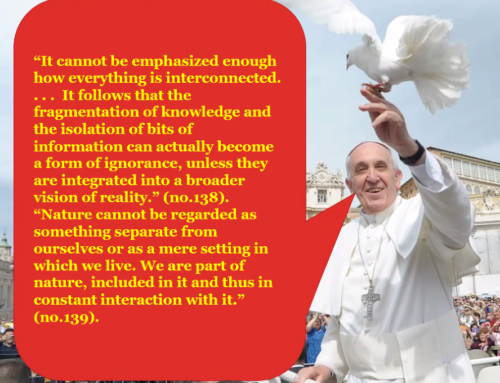Abstract
Nature and character of information defy observable, positivistic, and reductionist science. Still, a science of information could be possible with logically woven ideas expressed in a common universal language in the third person’s perspective connected with the physical science of matter, energy, space and time on the superficial hand, and the cognitive faculty on the deeper hand. With the thread left out by twentieth century’s science the paper begins with a linguistic analysis of information, narrates its properties, mechanics, different geometrical states, and relates dark energy of cosmology with visible energy of cell biology with credible impacts on science, humanities, and consciousness studies.
Introduction
highest peak. Einstein also connected matter and energy with his famous equation e=mc2 . Matter and space remained associated with each other till such space, which is empty of matter, the zero-point-energy (ZPE) state, which Einstein abandoned but described as a cosmological constant. Thermodynamics took care of the science of energy too, up till the boundary of the entropy barrier.
With such development, the physical science of matter energy space and time sets a horizon that is limited by the constancy of the velocity of light, Planck’s constant and the constancy of the entropy barrier. Einstein’s constant, the velocity of light, however, excludes simultaneity of events. Planck’s constant excludes continuity of events. Entropy barrier excludes identity of events. There is no scope of investigating such events with the equations/relationships established by the twentieth century’s science. Also, there is no room or even any symbol for “information” in any of such formulations in science…

